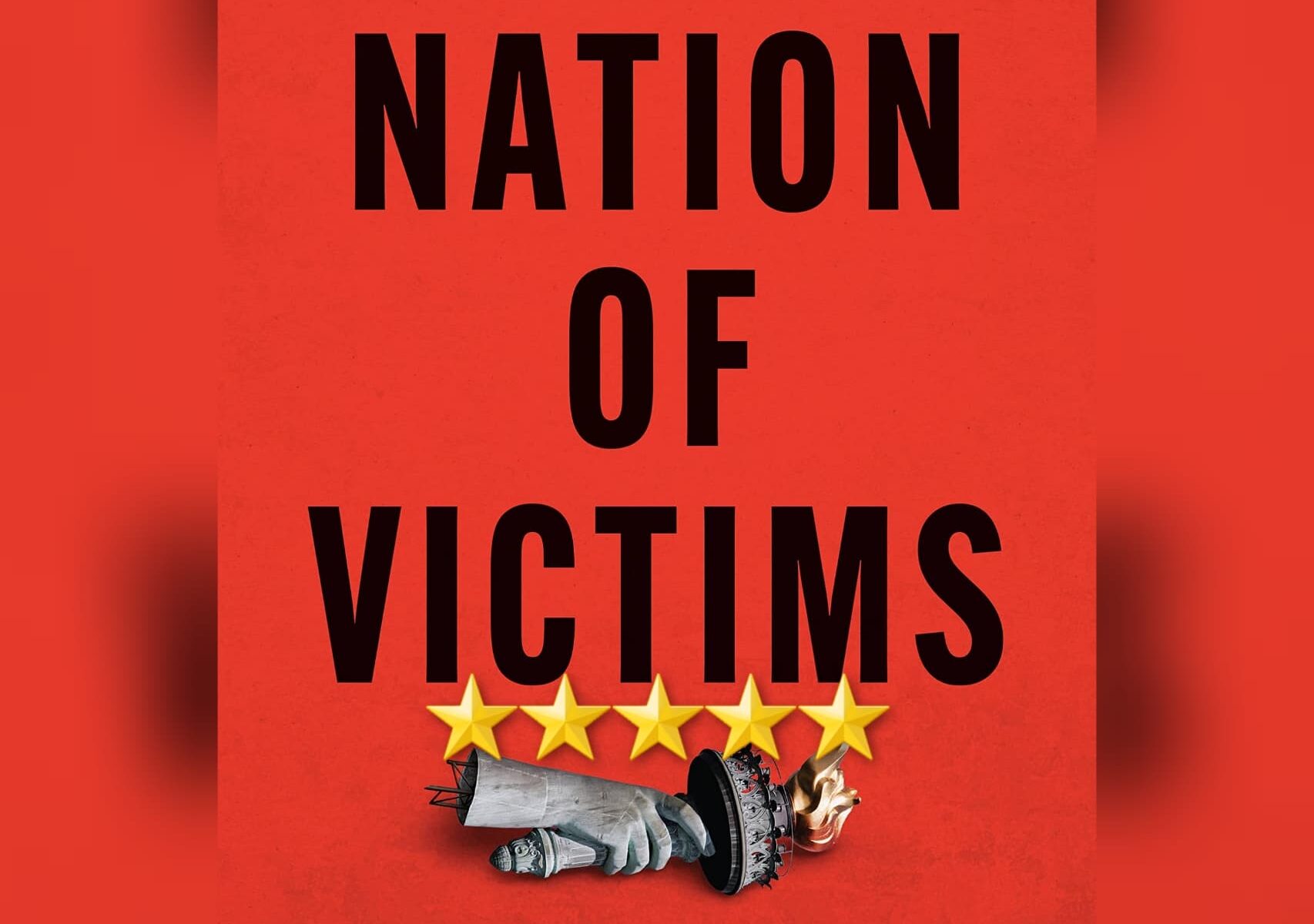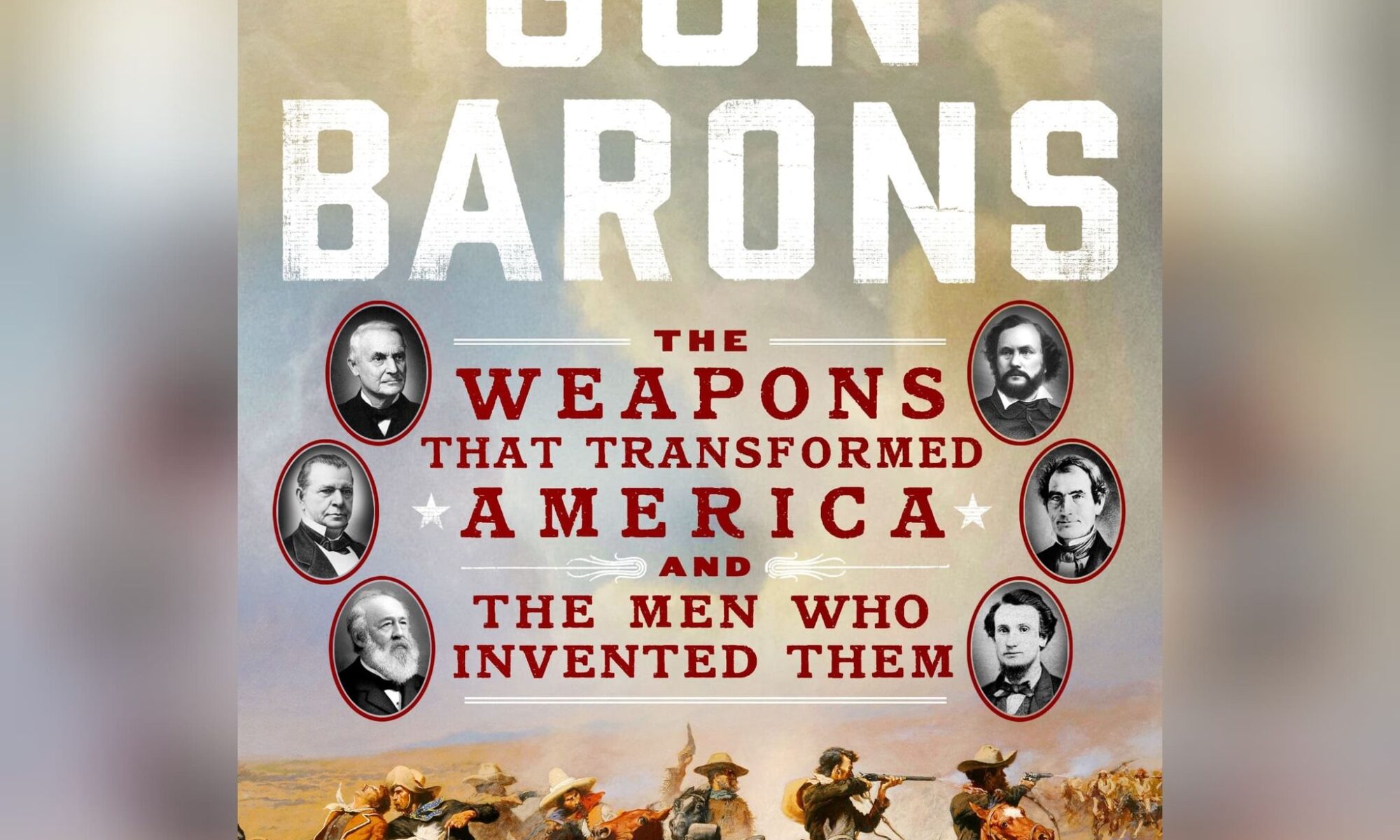Phenomenal Esoteric Tale of American History You’ve Likely Never Heard Of Marred By Dearth Of Bibliography.
Looking back on my own ancestry off and on over the years, I’ve traced at least some lines to within a generation or two of when Europeans were in the Americas at all, and most of those lines come from somewhere in the British Isles – mostly England and Ireland (indeed, 5 of 6 historic Counties of Ireland), with a few Rhineland region relatives tossed in at different points for good measure. The ones that I’ve traced that far, they generally showed up in the Americas in Virginia or so and ultimately worked their way along the eastern side of the Appalachian foothills until they reached its southern end in the northwest corner of Georgia, not far from the border with North Carolina and Tennessee in the region known as the Great Smoky Mountains. There, I can trace nearly every line of my family tree to that same region for the past 180 years or so – including one multiple-great grandfather who died fighting for the Union in a battle in northeastern Alabama during the Civil War.
As it turns out, there was a reason my family took the geographic path it did once it got to the region now known as the United States – apparently quite a few immigrants made their way mostly down one particular road that wound its way along this very region from Philadelphia, Pennsylvania all the way to Augusta, Georgia – where even I spent a few years living directly across the river in Aiken, South Carolina.
But what do you care about all of this?
Well… long before the Oregon Trail or the Trail of Tears or other famous trails that took Americans west from the Appalachian Mountains ultimately to the Pacific Ocean, there was the Old Wagon Road. The road that fueled expansion inland *to* the Appalachians, and along which quite a bit of American history took place from the colonial years right up through the Civil War years in particular. This book reveals a lot of that history in stories not as well known by many, even when some of them involve names known by most Americans. Names like Benjamin Franklin and Robert E. Lee and Woodrow Wilson, just to name a few you’ll hear about in this text and recognize.
The real magic here though is in the names you *don’t* recognize. The tales you’ve *never* heard of before. This is where the “real” history of America lies – the history that is rapidly being forgotten and overwritten. The so-called “esoteric” history that supposedly only matters to fanatics and those whose ancestors directly played roles in or who were directly affected by, But one could argue – and Dodson makes a truly excellent case for throughout this book – that this is the very history that builds communities and tightens bonds within them. It is the history that binds people to place and whole to piece. It is the vagaries of one man choosing one path over another – and walking into the history books (for good or ill, at differing times) because of the path he chose that night. It is the history of families and communities coming together to celebrate the great times – and mourn the bad times. It is our history as Americans, and it is my personal history – even though Dodson’s tales here don’t touch on a single name I recognize from my family tree – because it is the history of how the nation came together via the individual and community actions of those who came so long before.
Narratively, this book is both memoir and history, following one man through time and space as he travels the road – as best as he can know it – from its origins in Philadelphia to its terminus in Augusta, learning the history of each place along the way and reflecting on his experience with it.
It is a stirring narrative, both in the communal and personal histories and in Dodson’s ability to craft his words in such an evocative way. And yes, there are sections where no matter your own personal politics, Dodson is likely going to say something you don’t overly like, whether it be espousing support for the so-called “1619 Project” in one chapter or supporting the right for Confederate monuments to exist in seemingly the very next chapter. But don’t defenestrate the book, no matter how tempting iq may be in the moment. Read Dodson’s words, and carefully consider them. This is no polemic. It is a pilgrimage, and one that we’re brought along for the ride on and asked to experience for ourselves via Dodson’s narrative here.
Overall a particularly strong book about histories largely forgotten and certainly far too often ignored. And yet it is this particular strength that also leads to its one flaw: For a book that shows so much history and even references quite a few texts along the way, for the bibliography to be only a page or two is damn near criminal. While the book did contain quite a few personal and direct interviews, there is also quite a bit of history discussed, and it would serve Dodson’s readers to have a more complete bibliography so that they could read up on the same sources he used in his own research.
Very much recommended.
This review of The Road That Made America by James Dodson was originally written on July 5, 2025.





